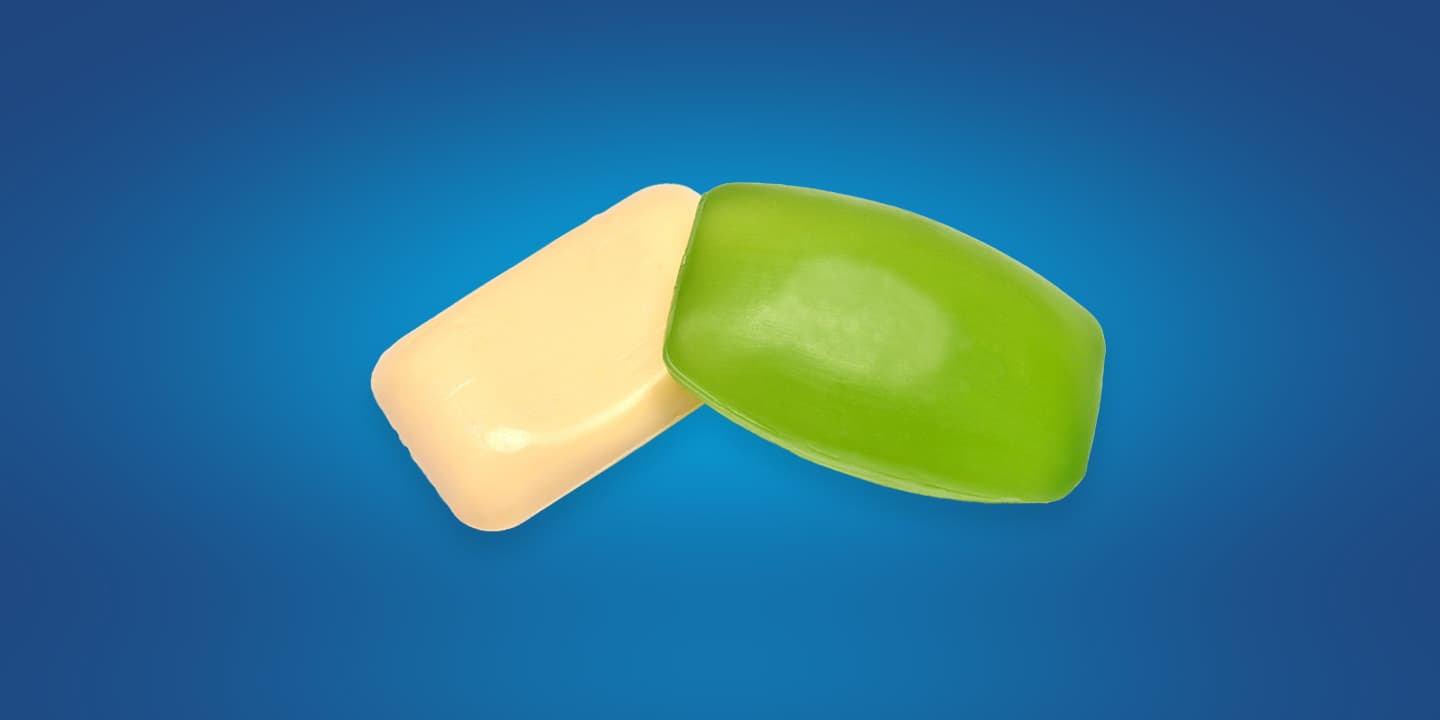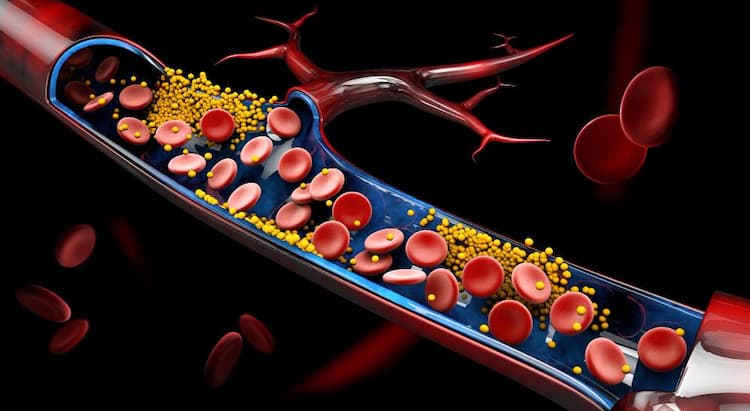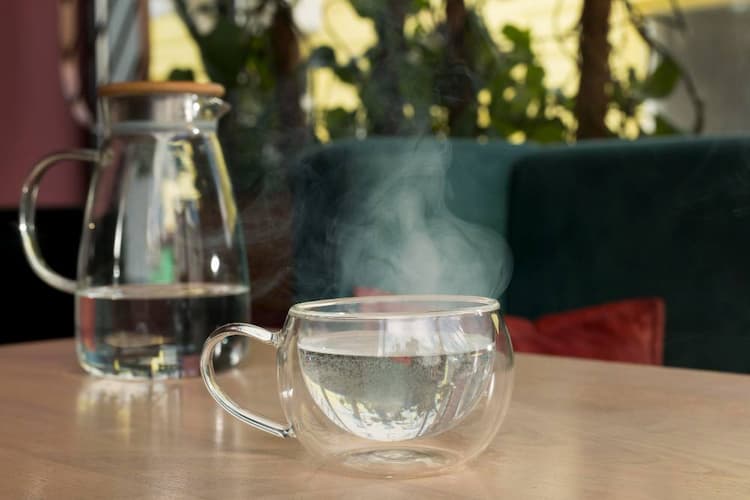Best Toilet Soaps in India, What is TFM, Grade 1 vs Grade 2 vs Grade 3 Soaps

Medically Reviewed By
Dr Divya Rohra
Written By Prekshi Garg
on Apr 21, 2022
Last Edit Made By Prekshi Garg
on Mar 18, 2024

Soap is one of the most basic thing used in our household and of course we don’t give much attention to what soap we are using. Most of us buy soaps have an attractive packing or nice colour and fragrance. But do you actually see what the soap contains and if it is the right choice for you or not? No, right. Well, soaps determine the health of your skin and body, therefore, you must ensure that you buy a best quality soap only. In this article, know how you can determine whether the soap is good or bad, teh TFM value and grading system of soaps and the best soap brands of India.
Personal hygiene is important and so is early testing. What even is the point of taking care of the external germs and risks if you aren’t doing the same for your body internally? Even if you are in your best health, prioritize getting routine health screening for your overall well-being. Book your full-body check-up with Redcliff Labs.

What is TFM?
TFM or the Total Fatty Matter is one of the most important parameters that determine the quality of soaps. TFM refers to the total amount of fatty matter that separates out of the soap sample when mineral acid like hydrochloric acid is used. The fatty amount in soaps generally comes from fatty acids like palmitic acid, stearic acid, oleic acid, and sodium oleate which causes the TFM levels of the soap to be around 92.8%. Now, the small and medium-sized factories have started using soap tablets for manufacturing soaps which brings down the TFM value to 78% having 14% moisture. If fillers and preservatives are added to the soap, the TFM value can drop down to 50% as well.
The total fatty matter in soap is the key ingredient determining the quality of the soaps. The higher the TFM value, the less harmful it is to your skin. The inference drawn from TFM are:
- A higher value of TFM indicates that the soap is highly hydrating, therefore would not cause any dryness to your skin. Such soaps are considered to be the least harmful to your skin.
- A lower value of TFM indicates that the soap may cause damage to your skin. Such soaps extract all the moisture present in your skin, making your skin feel dry. Skin dryness leads to sensitivity that can ultimately cause skin infections, breakdown, and rashes.
What are the different grades of soap?
According to the Bureau of Indian Standards (BIS), toilet soaps are classified into three grades depending upon their properties and total fatty matter (TFM) content. The gades of toilet soaps as described in the BIS specifications are as follows:
Grade I
The guidelines for soaps to be categorised as grade I (high-grade soap) are:
- These soaps should be thoroughly saponified.
- They can be milled or homogenised.
- They can be white, colored, and perfumed.
- They should be compressed into a firm and smooth cake form.
- They should possess good lathering and cleaning properties.
- Their minimum TFM value should be around 76%.
Grade II
The guidelines for soaps to be categorised as grade II soaps are:
- These soaps should also be thoroughly saponified.
- The texture of these soaps should be firm and smooth.
- They can be white, colored, or perfumed.
- These soaps should also have good lathering and cleaning properties.
- These soaps have a TFM value equal to 70%
Grade III
The guidelines set by the BIS for grade III soaps are:
- They should be saponified, smooth, and firm in texture.
- They are generally red in colour due to the presence of cresylic acid. However, they can be white or colored as well.
- They must also possess good lathering and cleaning properties.
- Such soaps should not have a TFM value lower than 60%
Which are the best toilet soaps in India?
The best toilet soaps are the ones that have a high TFM value. Therefore, if you are not buying a grade I soap then you are investing in a low-quality soap. You can easily know the TFM of soap by looking at its back cover. Here are some Indian brands of soaps that produce grade I high-quality soaps.
Mysore Sandal
This soap is manufactured by the Karnataka Soaps and Detergents. It contains 100% natural Mysore sandalwood oil, almond oil, and vegetable oils. It is commonly referred to as the ‘liquid gold’ with a sweet aroma. The declared TFM value of this soap is 80%, The benefits of Mysore sandal includes antiseptic properties, soft, nourished and rejuvenated skin, reduced appearance of wrinkles and blemishes.
Cinthol
The soap is manufactured by Godrej consumer products. It is a refreshing soap that helps keep your skin glowing and healthy. Other benefits of using cinthol includes skin protection from rashes, acne, blemishes, pollution, dust, and sun exposure. It keeps your body odour away and also reduces skin problems. The declared TFM value of this soap is 79%.
Superia silk
It is manufactured by ITC. This soap is made up of natural ingredients like orange peel, butterscotch, and almond oil that leave your skin glowing and radiant. The reported TFM value of this soap is 76%.
Godrej fair glow
This soap produced by the Godrej consumer products contains a protein formula that increases fairness to your skin by reducing the amount of melanin protein in your skin and also inhibits its further production. The soap also helps in removing impurities and dirt from your skin. The reported TFM value of this soap is 76%.
Park avenue
It is manufactured by the forever body care industries. This is a fragrant soap that contains shea butter. It cleanses, nourishes, heals, re-hydrates and rejuvenates your skin making it soft. The reported TFM value of this soap is 76%.
Godrej No. 1
This soap is manufactured by Godrej consumer products. This soap is made up of natural ingredients like turmeric, sandal and natural oils. It provides your skin with nourishment and helps clear your skin making it look smooth and beautiful. The reported TFM value of this soap is 76%.
Soap parameters tested by consumer affairs
The various parameters of these grade I soaps were tested by Consumer affairs. The value of these parameters as depicted by the consumer affairs is given in the table below.
| Brand | Parameters tested by Consumer Affairs | Total Score (out of 100) | ||||
| TFM obtained by consumer affairs | Moisture | Lather | Insoluble matter | Chloride | ||
| Mysore Sandal | 80.67% | 6.33% | 10.0 ml | 4.74% | 4.93% | 87 |
| Cinthol | 80.15% | 5.13% | 8.42 ml | 4.75% | 4.69% | 83 |
| Superia silk | 76.21% | 7.0% | 8.42 ml | 4.71% | 4.13% | 82 |
| Godrej fair glow | 76.07% | 5.96% | 8.68 ml | 4.75% | 4.61% | 78 |
| Park avenue | 76.17% | 5.46% | 9.21 ml | 4.77% | 4.63% | 77 |
| Godrej No. 1 | 76.15% | 4.48% | 7.89 ml | 4.74% | 3.94% | 77 |
Takeaway
The usage of a right soap impacts the health of our skin by not only matink ot glowing and hydrating but also by protecting it from harmful environmental pollutants. Now that you know the quality of the soap is determined by its TFM value which is available at the back of the cover of your soap, make sure that you check the label next time when you buy a soap.
Frequently Asked Questions (FAQs)
-
What are grade I vs grade II soaps?
Grade I soaps contain a TFM value greater than 76% whereas grade II soaps have a TFM value greater than 70% and less than 76%.
-
Which are the grade II soaps in India?
The examples of grade II soaps currently available in India include margo, vivel and lux.
-
What are the different types of soaps?
Soaps are of two types: laundry soaps and toilet soaps. Laundry soaps are made from tar or petroleum and have a low TFM value whereas the toilet soaps are made up of fatty acids or vegetable oils and have a high TFM value.
Leave a comment
1 Comments
Sapna Joshi
Jan 15, 2024 at 9:35 AM.
highly informative.
Myhealth Team
Apr 4, 2024 at 11:08 AM.
Hi Sapna Joshi, Glad you have lived the information. Thankyou



